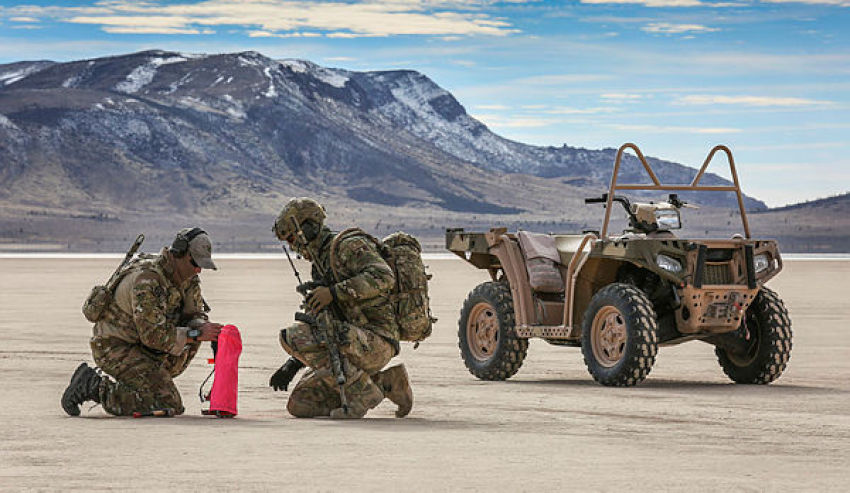Retired Major General Jim Molan has expressed concern around a potential failing of the 2016 Defence White Paper to meet Australia’s military and national security requirements into the future.
To continue reading the rest of this article, please log in.
Create free account to get unlimited news articles and more!
While Molan hailed the delivery of the White Paper last year as an invaluable roadmap for the way in which Australia as a nation must build its capabilities, he raised the issue of Defence spending – particularly in light of an increasingly unbalanced world order.
"For various reasons, we've got ourselves into a bunch of trouble in order to supply the money to the others," he told Defence Connect. "I've got no worries about that, but what I do have a worry about, is to say, 'What's the world like now?'"
Citing the concept of a medium level hedging strategy as formulated by the Australian Strategic Policy Institute as a desirable target, Molan argued that "we should be at 2 per cent GDP now".
"[But] we still [won't] get there for a year or so, because 2 per cent gives us a medium level hedging strategy," he said. "As I've said before, you don't hit that 2 per cent once and achieve perfection. You hit it once, and you stay there for a decade, and then you produce the force."
Molan said ASPI studies had shown that 2 per cent GDP funding would not provide the ability to defend this country against a potentially combative Asia.
"If Asia becomes combative, then you may need to go higher," he explained. "But going from a 2 per cent base to a 3 or 4 per cent base is feasible."
However, Molan noted that going from a 1.4 per cent base, which he said the previous Labor government was gunning for, would mean "you're not gonna make 2 or 3 per cent within any reasonable period of time".
Molan reiterated his approval of the White Paper and its impact on what he classed as "the best Defence policy".
"We have the best manifest in the White Paper that I've seen since the end of the Vietnam War," he said. "I've been through many of them in Defence … over 40 years, and this is the best."
"The Australian Defence Force at the moment is far better than it's ever been since the end of the Vietnam War," Molan said, adding that its organisation and experience were currently of a reasonably high standard.
"I think that when you look at the White Paper in relation to the force that it will produce at a certain time, that is the right force for about now," he noted. "You might remember, I'm trying to think back, was it the 2009 White Paper [which] produced a force that they called 'Force 2030'."
"Now, at that stage [in] 2009, we said, 'That's what we need'," Molan said, arguing that if that force had been produced to be mature now, "we would be exactly where we should be".
"I'm not saying, 'We need a thousand of this, and a million of that.' What I'm saying is that we need a force now [and it] requires 2 per cent of GDP to produce that force," he said.
"We're now trying to produce exactly that force again in 2016, so seven years later, but we're not producing it until 2032.
"I will bet you between now and 2032, that the Australian Army is deployed on at least two combat operations in the intervening period of time!"
While Molan readily classed the Air Force as an absolutely first-class service, he questioned its sustainability for high levels of conflict.
"I don't know what our resources are, our war stocks, or anything like that," he concluded. "But it's a first-rate air force."

 Login
Login







